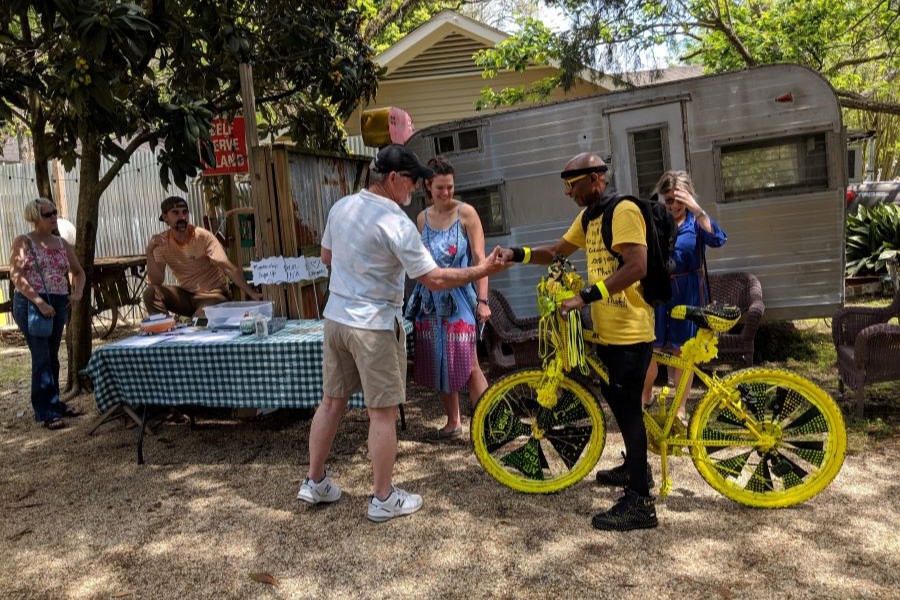The Manual on Uniform Traffic Control Devices for Streets and Highways (MUTCD) sets the standard for infrastructure improvements for most transportation engineers. Changes to MUTCD standards will have huge impacts on communities across America, including Mid City’s new MovEBR projects on North Blvd and Florida St., projects led by Stantec, Forte & Tablada, and Evans Graves.
The Biden Administration and the US Department of Transportation’s Federal Highway Administration have opened up the MUTCD policies for public comment. We hope our comments will help support smart development advocates like Bike Baton Rouge who seek changes to the MUTCD.
—–
Dear Acting Administrator Pollack,
Thank you for accepting public comments on the Manual on Uniform Traffic Control Devices (MUTCD). We firmly believe in centering resident’s voices when planning communities, and so we appreciate the opportunity to provide you with their ideas, goals, and priorities.
We’ve spoken with residents and advocates, and they were clear. The FHWA should reframe and rewrite the MUTCD, creating a clear path for comprehensive safety-based guidance. Doing so will allow FHWA and the Biden administration to make strides toward equity, sustainability, and vulnerable road user safety.
Residents highlighted the following fundamental problems that should be addressed in an updated MUTCD:
- Speed limits are still based on the dangerous and disproven 85th percentile rule, and the draft MUTCD does not go far enough to implement the NTSB’s clear recommendation to no longer use this approach (Safety Study NTSB/SS-17/01).
- Outdated signal warrant requirements focus on the history of pedestrian deaths, current crossing demand, and maintaining high vehicular speeds instead of addressing known modal conflicts or planned land-use changes.
- Dozens of new “shall” statements introduce barriers to implementing bicycle and transit infrastructure and offer little acknowledgment of the effective and safe application of these treatments already present in dozens of American cities.
- Traffic control devices appropriate for urban contexts, such as red transit lanes and pedestrian safety measures, are subject to high standards of testing. Additionally, inappropriate regulation of public art on streets, including a prohibition of celebratory or colorful crosswalks, works against proven safety measures.
- The MUTCD creates prohibitive cost burdens for cities. Researchers, engineers, and cities have worked for decades to refine traffic control devices, only to have them excluded from the Manual without data to suggest issues with their adoption.
We respectfully request that FHWA reframe and rewrite the MUTCD, creating a path for guidance that more closely aligns with the equity, safety, and sustainability goals of American cities and our community residents.



